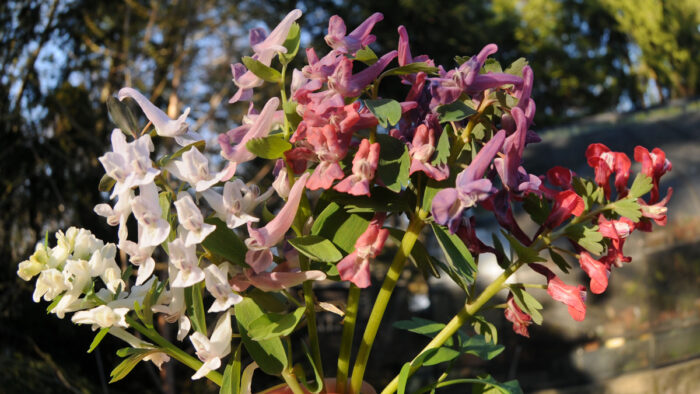
Early spring-blooming bulbs are very welcome in any garden, yet one genus seems to be overlooked by many of us, although it’s just as impressive as all the others. The next time you are ordering spring bulbs, consider adding fumewort (Corydalis solida, Zones 3–9), also known as bird-in-a-bush, which now is offered in most Dutch bulb catalogs. While “fumewort” may be used to refer to all tuberous corydalis, it more specifically refers to C. solida, which is by far the most commonly available of the tuberous species.
Fumewort gets better with age
Fumewort is worth adding for many reasons, but mostly because it puts on an impressive show with its purple-pink tubular blooms in midspring. Plants grow 6 to 12 inches tall and wide. And unlike tulips (Tulipa spp. and cvs., Zones 3–8) or hyacinths (Hyacinthus orientalis cvs., Zones 4–8), these tiny gems just get better with each year. The clumps will bulk up over time, not unlike those of snowdrops (Galanthus spp. and cvs., Zones 3–8).
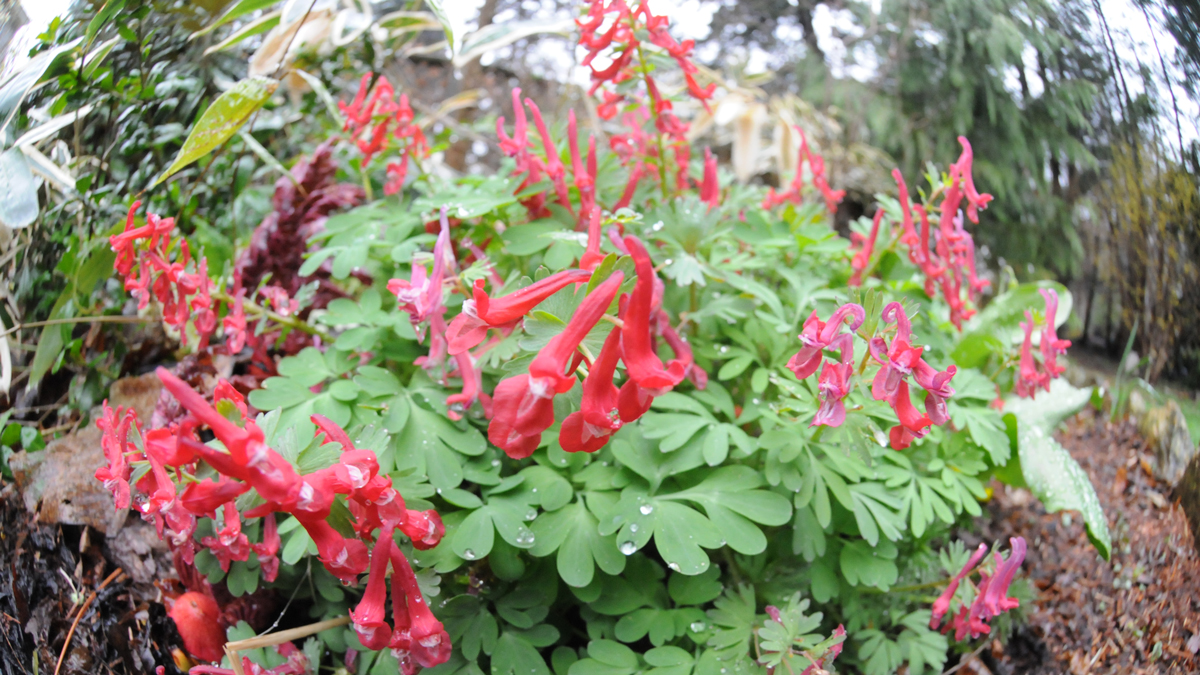
These varieties are sure bets
When shopping for fumewort, look for ‘Beth Evans’, which has bright pink flowers, and ‘George Baker’ (syn. ‘George P. Baker’), which has flowers in a darker, more orange shade of pink. Both are outstanding cultivars that are easier to find than many others and therefore less costly. Once you become hooked (and yes, you will), then you can look for some of the other selections offered by small specialty growers. This will take an internet search, but there are dozens of new cultivars with flowers in spectacular new colors being introduced each year. Some of the rarer cultivars include ‘Vermion Dawn’, which has purple-gray flowers, or ‘Snowy Owl’, which has stunning pure white blooms. But there truly are no bad fumewort selections. You might even find some sold alongside spring-flowering bulbs in garden centers in autumn.

Harder-to-find species are still worthy of consideration
Fumewort is native to the birch forests of Eastern Europe and Russia down to Romania and Turkey, along with a handful of other tuberous corydalis that are harder to find but worth seeking out from specialty catalogs in late summer (because most sell out quickly). Other tuberous species include C. glaucescens, C. kusnetzovii, C. decipiens, C. vittae, and C. malkensis. Frankly, they all look very similar, with white, yellow-white, or purple flowers above dense mounds of foliage, some blooming as early as late March.
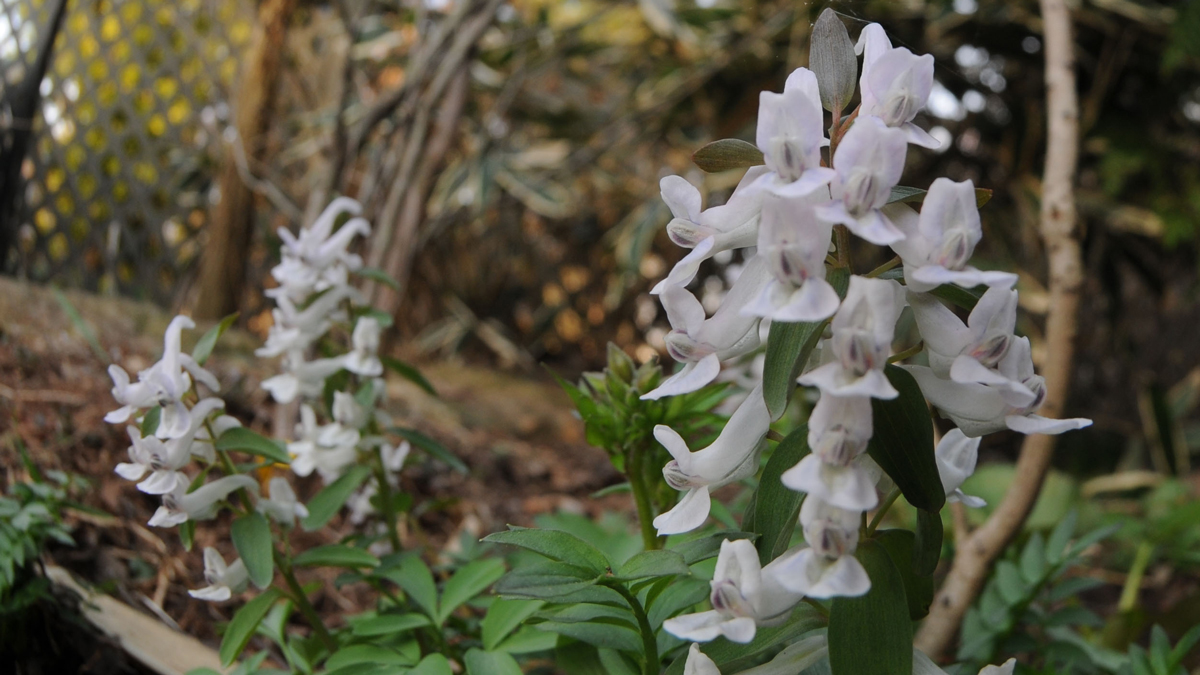
Provide the proper conditions and appropriate companions
As mentioned, most of these plants are lumped together under the common name “fumewort,” but rarely will you see that name used in bulb catalogs. There are plenty of perennial and even annual corydalis, some of which you may be familiar with, but these tuberous species are very special. Most are hardy to Zone 4 (some to Zone 3), and they are natural woodland dwellers—perfect for the dappled shade under deciduous trees. They mix well with neighbors like hellebores (Helleborus spp. and cvs., Zones 4–9), trilliums (Trillium spp. and cvs., Zones 4–9), and other wildflowers. Since they go dormant soon after they set seed in June, they can also be planted under the shadow of a nonspreading hosta (Hosta spp. and cvs., Zones 3–8) or other woodland perennials that emerge later.
For more plants with spring interest for the Northeast, check out:
- Unique Plants for Early Spring Containers in the Northeast
- Growing Primroses from Seed in the Northeast
- Plan for an Early Spring Show with Wood Anemones
Matt Mattus is the author of two books: Mastering the Art of Flower Gardening and Mastering the Art of Vegetable Gardening. He gardens in Worcester, Massachusetts.


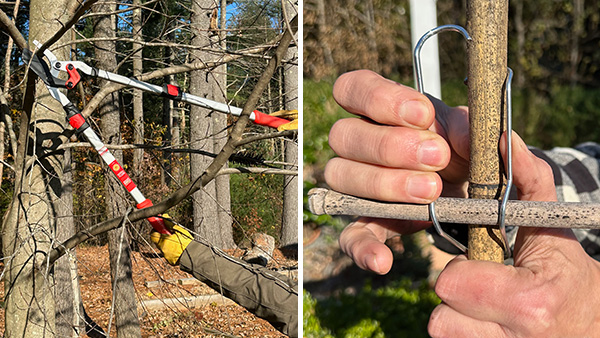
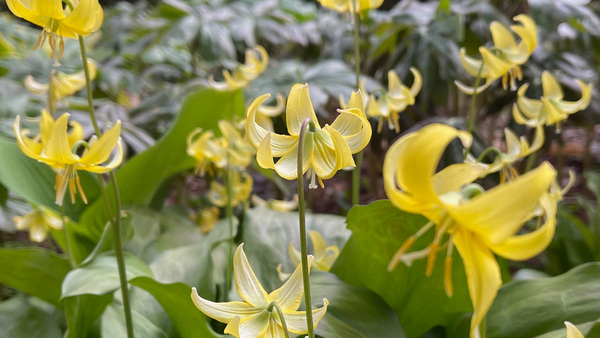

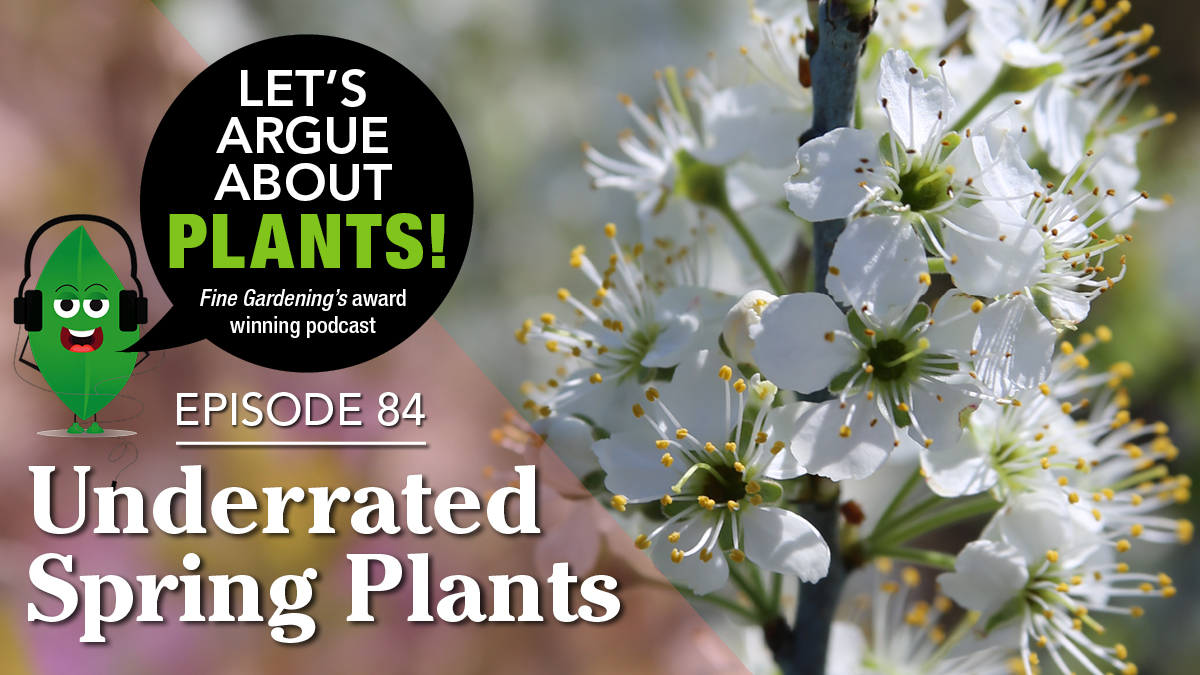












Comments
Log in or create an account to post a comment.
Sign up Log in